Bell Textron has been selected to proceed to Phase 2 of the US Defense Advanced Research Projects Agency (DARPA) Speed and Runway Independent Technologies (SPRINT) X-plane programme.
The award will see the company complete detailed design, construction, ground testing and certification of a demonstrator capable of combining high-speed flight with short takeoff and landing performance.
The aircraft will use Bell’s high-speed vertical takeoff and landing (HSVTOL) technology and is intended to cruise at 400 to 450 knots while retaining the ability to hover and operate from unprepared surfaces.
“Bell is honored to have been selected for the next phase of DARPA’s SPRINT program and is excited to demonstrate a brand-new aircraft with the first-ever stop/fold technology,” said Jason Hurst, Bell’s senior vice president for engineering.
“This is an achievement we’ve been working towards for over 10 years, as we’ve leveraged our nearly 90-year history of X-plane development to bring new technology to our warfighters.”
Bell completed its conceptual and preliminary design work during Phase 1A and 1B, and enters Phase 2 with a mature approach informed by recent risk-reduction trials. These have included tests of folding rotors, integrated propulsion and flight control systems at Holloman Air Force Base, along with wind tunnel validation at the National Institute for Aviation Research in Wichita.
The programme continues Bell’s long history of experimental VTOL aircraft. Its past contributions include the X-14, X-22, XV-3 and XV-15 for the US military and NASA. The company also developed the Bell X-1, the first aircraft to break the sound barrier in level flight.
Bell is a subsidiary of Textron, which also owns Cessna, Beechcraft and Lycoming. The company said the SPRINT demonstrator would support the US military’s push for aircraft that can survive and operate in dispersed and contested environments.


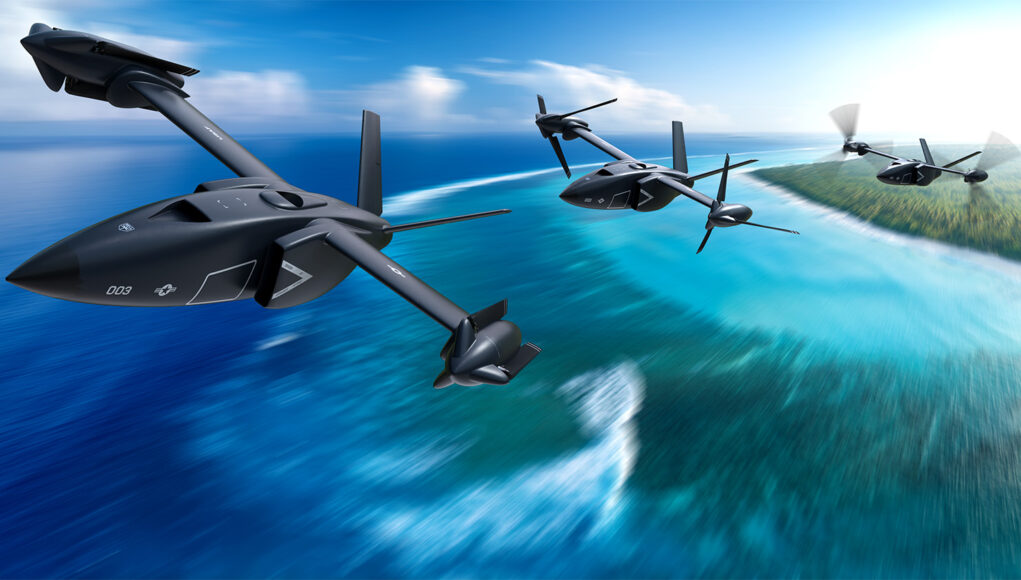
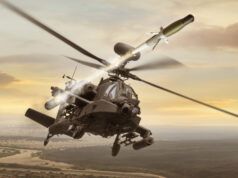
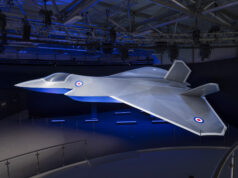

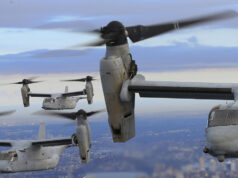


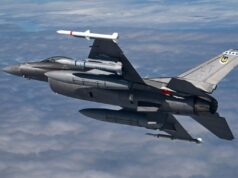


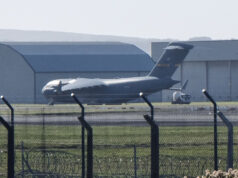

I hope this works out, it’s a nice concept. However considering the long drawn out gestation and issues in perfecting tilt rotor generally, it does instil a little concern about adding even more complexity to the mix.
From the graphic it looks like it will need to fold and unfold the rotor blades in-flight to transition between vertical and horizontal modes. That has to be a major engineering challenge.
Yes most definitely.
However, the principle already exist and is being used on both model RC gliders as well as full size gliders. Where an engine driving a propeller is used for take-off and boosting the altitude when thermals are too weak. There are currently two methods, one where the engine and propellor are mounted to the nose of the aircraft, where the pilot can stop the engine and the propellor blades fold back under aerodynamic pressure, usually against a sprung damper, once the centrifugal force has been removed. This version is quite draggy, as the propellor blades are still in the airstream, much like Bell’s image above. The Stemme S10 uses a variation of this method. Where the propeller blades are folded and stowed in the nose cone. Another version called the AMS Flight Carat, folds the two propellor blades forwards, into what has been refereed to as a spear tip.
The more Gucci version, is where the engine and propeller is stowed behind the cabin in a compartment, these are referred to self-launching gliders. On activation, doors open and the engine or gearbox and propeller fitted to an arm is swung up into the airstream. The propeller blades then unlock and then power the glider. Once at the required height, the pilot switches off the engine and the propellor blades are folded back. Where the assembly is then stowed back in the compartment, to clean up the aerodynamics of the glider. The Schleicher ASH 26E uses a variation of this method, except it uses a solid fixed pitch propeller. The propellor is locked in the vertical position and then stowed in the compartment.
Fascinating as I’ve only ever experienced glider winch-launches.
With the gliders though I assume in all cases the propellor is for launch and then never deployed during flight? The biggest issue I see for Bell is transitioning from forward to vertical flight, or more precisely deploying the propellor blades into the airstream as the aircraft is moving forward.
I have a mate who is a world champion glider pilot. He has a cooperative that owns a Schlesinger plus a standard glider. Funny both are German made. He does aerobatics in the non powered one. With their self-launching glider, the engine and reduction gearbox are fixed in the fuselage and they arm raises just the propeller.
The engine/propeller can also be deployed in flight. Where they can be used to aid cruising like a standard powered aircraft. Or be used to help gain altitude when they’ve missed a thermal or the thermals are weak.
For the Bell concept, I think they’ll be using hydraulics to articulate the blades to and from the parked position. As this will be needed to overcome the airflow pushing on them when in forward flight. I’d imagine the transition would have to be pretty rapid though.
From what I presume. The aircraft is a compound aircraft. In that it can operate like a tilt-rotor, so vertical and forward flight provided by the prop-rotors. But can also operate as a conventional jet powered aircraft, by parking the prop-rotors. So there must a transition zone where in forward flight forward momentum is initially provided by the prop-rotors, which are either slowed down rpm wise, and/or the blades are feathered, to allow momentum being done by just the jet engine. I’m guessing this will all be determined on the desired airspeed and automatically controlled through the flight control computer.
The reverse would be true for transitioning into vertical flight, ie helicopter mode. So as the pilot throttles back to slow down, the wing will probably deploy flaps etc to help generate more lift. The prop-rotors are unpacked. Then the gearbox’s transition from level flight to the vertical to offset the list wing lift, until it’s properly in helicopter mode.
The flight control software is going to have to be very robust to account for the various modes and stages. I think the mechanical side will be the easier part to do.
Cool friend to have! 👍🏻
I think you’re spot on with your evaluation of the Bell, being able to go from tiltrotor aircraft, through prop-powered flight, to jet cruising. Agreed that the flight-control software will be key to this all working and not ripping off the props deploying them too soon or stalling and dropping like a stone, though I think the mechanical is still going to be (an achievable) challenge.